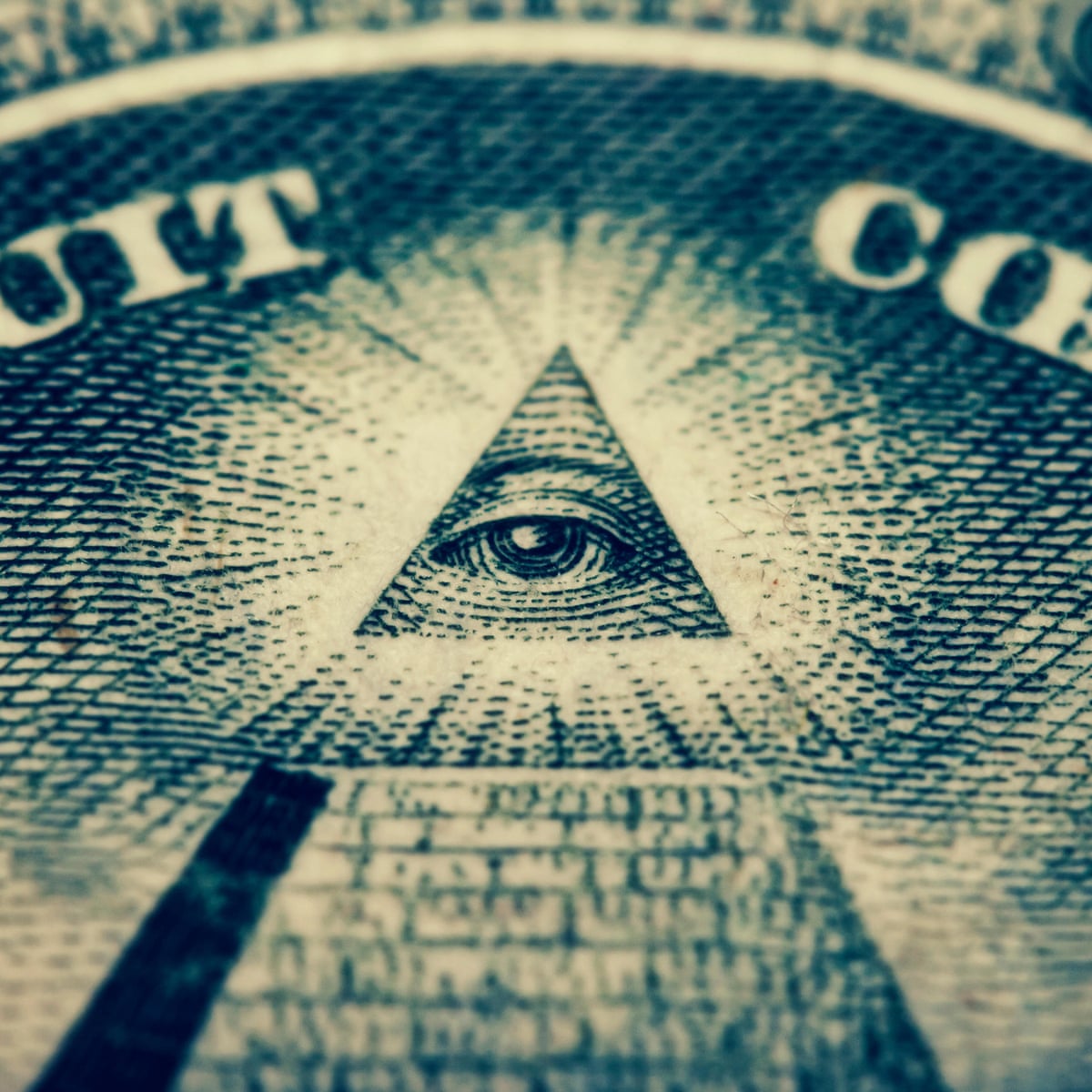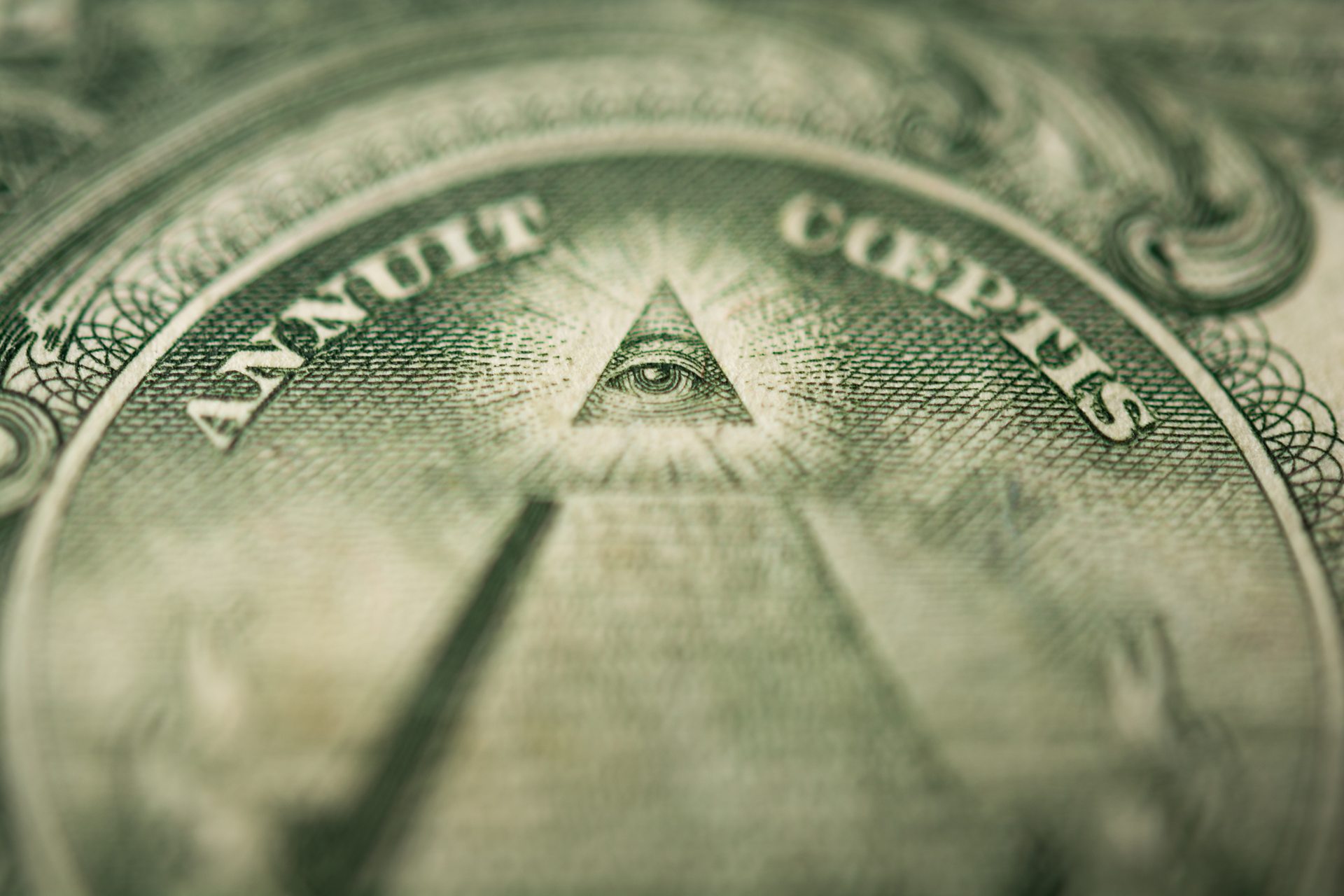A Simple Guide on How to Join a Masonic Lodge Locally
A Simple Guide on How to Join a Masonic Lodge Locally
Blog Article
Discover the Secrets Behind the copyright and Their Impact on Culture
The copyright, commonly shrouded in misconception and speculation, presents a fascinating instance research study of how historic perfects can morph into modern-day conspiracy concepts. As we discover its beginnings, impact on cutting edge idea, and representation in contemporary society, we begin to uncover the layers of intrigue that continue to captivate culture.
Origins of the copyright
The copyright, usually shrouded in secret and supposition, traces its beginnings back to the late 18th century. Developed in 1776 in Ingolstadt, Bavaria, the group was started by Adam Weishaupt, a teacher of canon regulation. Weishaupt intended to promote Enlightenment worths, consisting of reason, secularism, and the splitting up of church and state. Originally recognized as the Bavarian copyright, the organization's key objective was to counter the pertinent impact of spiritual conviction and promote intellectual discussion among its participants.
The copyright took on an ordered framework, drawing motivation from Freemasonry, which enabled deceptive meetings and rituals - how to become a freemason. Membership was selective, incorporating significant figures from numerous areas, including politics, ideology, and science. This elite network sought to impact social and political adjustment with clandestine ways, promoting for the rights of individuals and the improvement of culture
In spite of its fairly brief presence, the Bavarian copyright was officially disbanded in 1785 because of federal government reductions. Its tradition sustained, providing surge to numerous conspiracy theory theories and preferred society referrals that proceed to provoke intrigue and discussion regarding its effect on modern society.
Secret Misconceptions and Misunderstandings
Among the allure of secrecy surrounding the copyright, various myths and misconceptions have emerged, typically misshaping the group's real nature and objectives. One common myth suggests that the copyright manages the globe's governments and economic situations. While it is true that the group intended to affect societal frameworks, the notion that it runs as a natural global puppet master is mainly overstated.
Another usual misconception is that all members of the copyright have substantial riches and power. In truth, the initial copyright comprised pundits and Knowledge thinkers, a lot of whom sought reform instead than dominance. The idea that the copyright solely hires celebrities and political numbers is misleading; subscription has historically consisted of a diverse selection of individuals.
Furthermore, conspiracy theories frequently repaint the copyright as a malevolent organization intent on global dominance with wicked ways. This representation forgets the group's original purposes, which focused on advertising sensible idea and combating spiritual oppression. The conflation of the copyright with modern conspiracy theories continues misconception, covering the historical context and evolution of the group's ideals. Thus, dividing fact from fiction is necessary for a more clear understanding of the copyright's role in society.
Historical Influence on Society
Throughout background, various intellectual movements have actually profoundly affected societal structures, and the copyright played a considerable duty during the Knowledge. Started in 1776 in Bavaria, the copyright intended to promote factor, secularism, and the wondering about of developed authority, countering the dominance of spiritual conviction. This organization attracted significant thinkers and advocates of freedom, fostering an environment for the circulation of Knowledge ideals.
The copyright's values promoted rational thought and empirical proof, which added to the more comprehensive intellectual landscape that motivated social reform and political modification. Participants sought to improve culture by supporting for education and learning, freedom of speech, and the splitting up of church and state. Their private nature and enthusiastic program sparked both intrigue and suspicion, resulting in their eventual suppression by the Bavarian federal government in 1785.
Regardless of their dissolution, the legacy of the copyright have a peek here continued, influencing advanced movements across Europe and the Americas. Their dedication to enlightenment principles aided lay the groundwork for contemporary autonomous ideals and human civil liberties, leaving a lasting imprint on the structures of modern culture. how to become a freemason. The appeal of their deceptive celebrations and thoughtful quests remains to mesmerize the creativity, emphasizing their historic relevance
Modern Interpretations and Beliefs
Contemporary interpretations of the copyright frequently mix historical reality with conspiracy concepts, developing a complex tapestry of ideas that capture popular imagination. While the original copyright was a Bavarian secret culture established in 1776 with Knowledge ideals, modern ideas have developed to incorporate a large variety of interpretations, frequently concentrating on motifs of control and secrecy.

In addition, some modern-day interpretations posit that the copyright acts as a metaphor for the struggle in between enlightenment and ignorance, with advocates promoting awareness and critical thinking as a way to more information neutralize regarded oppression. This duality-- seeing the copyright as both an actual and symbolic entity-- highlights the continuous attraction with the idea, reflecting deeper social anxieties regarding power, transparency, and individual freedom in the modern globe.
The copyright in Pop Culture
The copyright has actually penetrated numerous facets of prominent culture, showing up in literature, film, songs, and art as an icon of intrigue and secret. This secret society, usually portrayed as a shadowy force adjusting international events, has actually influenced many narratives that explore styles of power, conspiracy, and hidden understanding.

Songs, also, has actually been affected by the principle of the copyright. Artists like Jay-Z and Beyoncé have dealt with supposition concerning their associations with the society, motivating discussions concerning meaning in their work and the nature of fame.
Aesthetic art often integrates copyright concepts, with musicians using signs like the Eye of Providence and the pyramid to evoke a feeling of enigma. With these numerous tools, the copyright serves not only as a subject of supposition my explanation however likewise as a lens whereby society examines its own complexities and fears.
Final Thought

Report this page